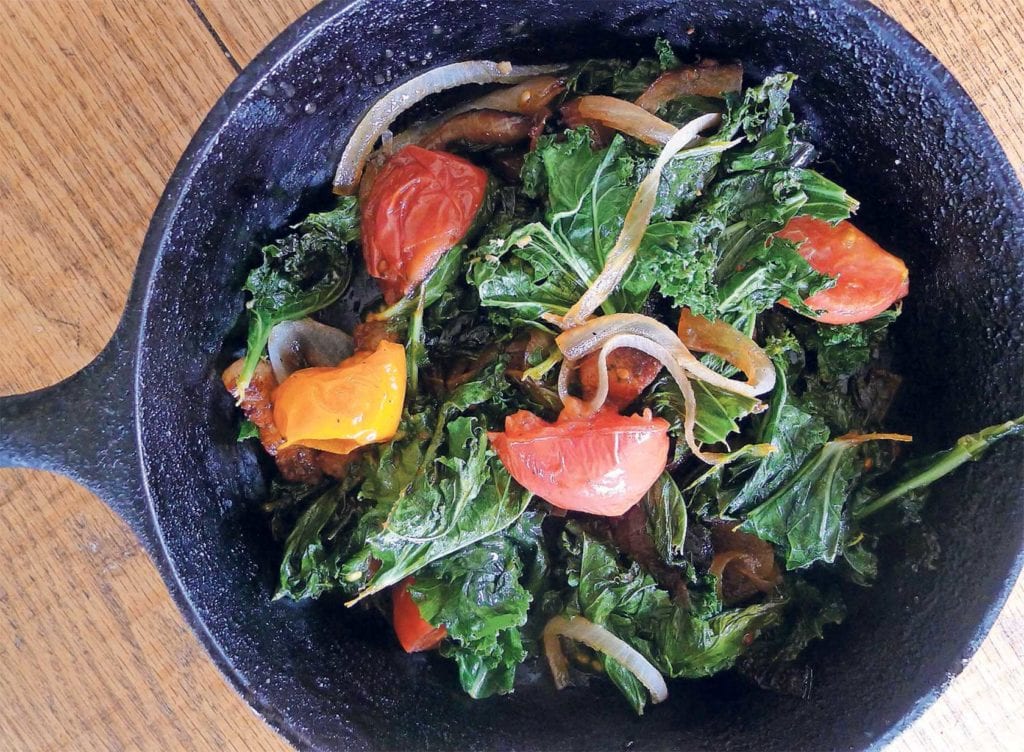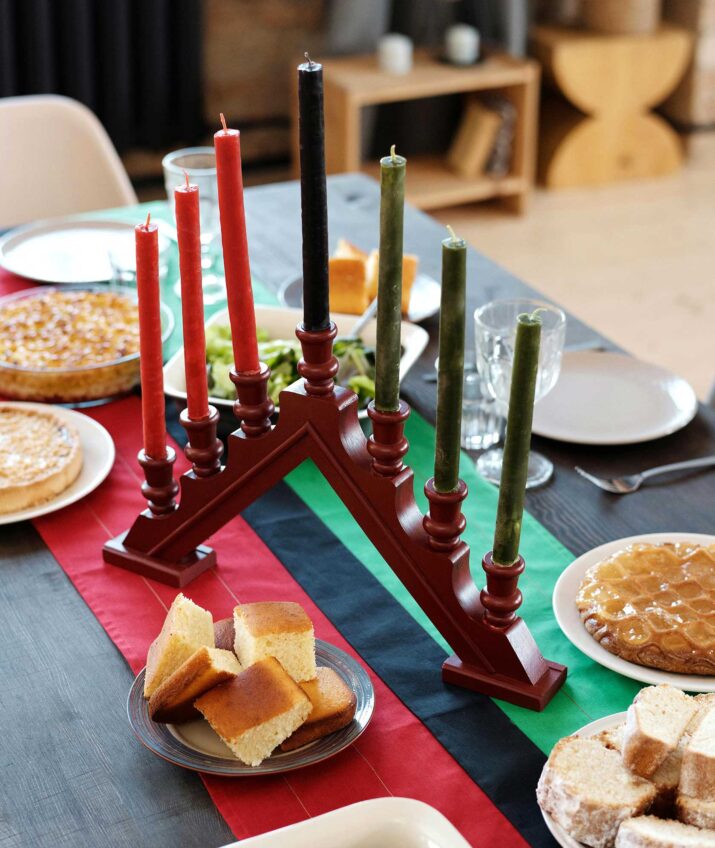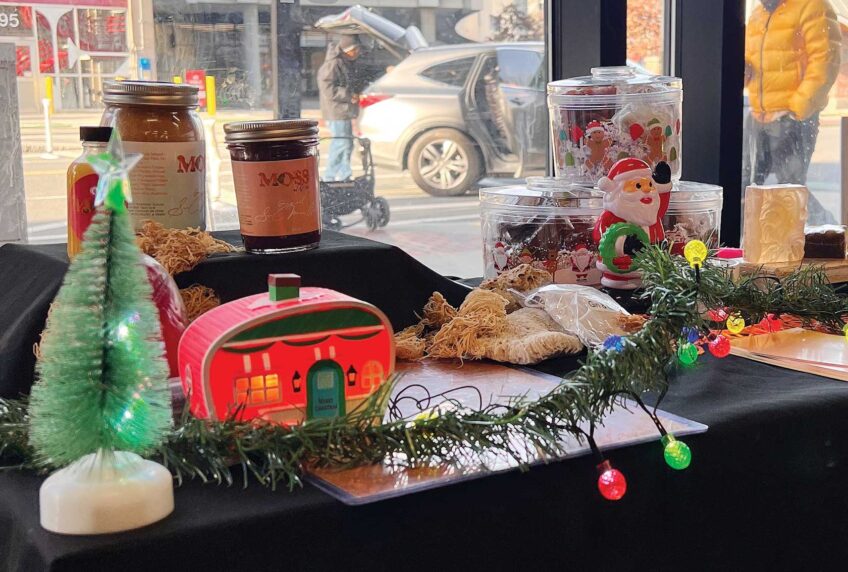Growing their own — Detroit farm inspires urban agriculture, business incubator

Detroit was once a thriving city, swaying to a soulful Motown beat, full of economic horsepower from the auto plants. After decades of decline, almost 20 percent of the population now qualifies as food insecure, according to Feeding America research in 2017. More than a third of Detroit lives a mile or farther from a grocery store, earning those neighborhoods the inglorious distinction of being “food deserts,” usually devoid of fresh vegetables and fed by convenience stores, gas stations and snacks from liquor stores.
Against this backdrop, Detroit’s D-Town Farm is a food oasis. Its seven acres produce not only food but a pathway to make the surrounding desert bloom. The farm’s parent organization, the Detroit Black Community Food Security Network, has been making change happen since 2006, helping to put thousands of Detroit residents to work in their own neighborhoods, turning vacant lots into gardens, while lobbying the city to allow, if not encourage, urban agriculture.
In September, D-Town Farm held its annual Harvest Celebration, a two-day event where the DBCFSN community gathers to celebrate urban agriculture, food security and the fertile green cracks in this over-paved city.
I showed up about an hour before the party. I could hear the bright beats of West Aftican djembe and dundun drums drifting from the nearby stage, as volunteers hung signs, chopped wood for an earthen pizza oven, pushed produce carts toward a farm stand, and set up a reception table in the shade of a large oak tree, where I asked for Malik Yakini, who was expecting me.
In the 1970s, while at Eastern Michigan University, Yakini started a food-buying club. He didn’t consider himself a food activist, but rather a black empowerment activist. After a career as a teacher and school principal, Yakini started DBCFSN, which aims to keep the means of food production and distribution in the hands of the community.
“We grow about 36 different crops over the course of the year,” Yakini explained. “Solar energy station. Beekeeping. Composting. Rainwater collecting. Children’s area. This party is the culmination of our year.”
At a brochure-laden table, Yakini introduced me to Peggy Harp. She told me about the planned building that will house a food co-op, community space and incubator kitchen space, where fledgling food start-ups can safely prepare food for legal sale.
“There are so many people making great food in Detroit. But if you want to sell it, you can’t be cooking out of your kitchen,” Harp said. “We are at around 400 member owners, and need to get to 1,000. That would show our investors and the community that there is support behind this project and that it will be a viable grocery store.”
When complete, that 34,000-square-foot structure would represent the linchpin between food production and distribution, and the manifestation of the cooperative economic principles Yakini has been working toward for decades.
After I left, Yakini emailed me a recipe from the old days, when Detroit’s population was double what it is today.
The name, he says, is from “a couple decades ago as part of the effort of ‘conscious’ black people to reframe how we see ourselves. I no longer use that terminology, but the recipe was already named.”
The recipe calls for Spike, a seasoning powder. If Spike isn’t in your pantry, you can replace it with salt. It also calls for Bragg Liquid Aminos, another obscure grocery item, but you can use soy sauce.
Kings’ and Queens’ Kale
Serves 4
- 2 pounds curly kale
- 1 large red onion
- 2 medium tomatoes
- Cooking oil
- Powdered cayenne pepper
- Spike seasoning powder
- Bragg Liquid Aminos or soy sauce
Remove the kale leaves from the ribs, and chop the leaves. Dice the onion and tomatoes. Add a small amount of oil to a skillet and turn heat to medium. Add onions and tomatoes; let sauté for 5 minutes.
Add chopped kale and thoroughly mix with onions and tomatoes. Season to taste with cayenne, Spike and Bragg’s. Sauté for 5 to 7 minutes, until kale is tender but still light green.







